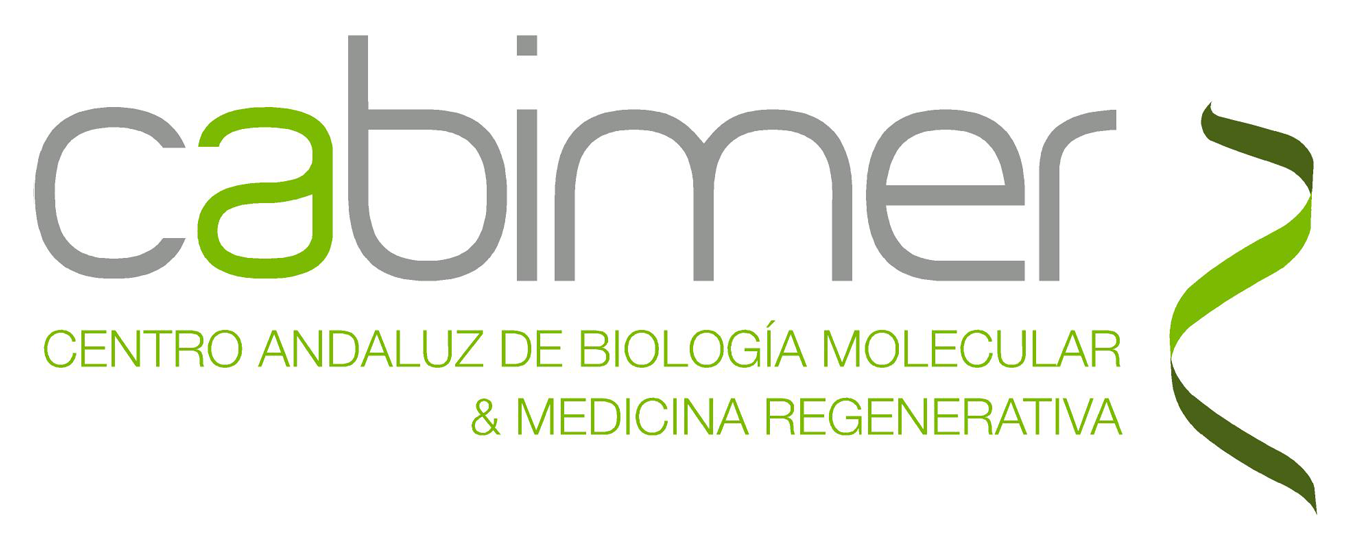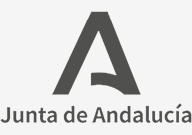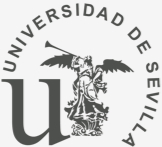Cell therapy for neuropathologies
Introduction
Our laboratory studies several stem cell types in order to apply them in Regenerative Medicine for the treatment of different neuropathologies. We investigate their mechanism of action and we develop transplant strategies that can be useful for the treatment of ataxias, cerebral ischemia and epilepsy. Two are the main research lines: The first one is focus on the cell fusion mechanism used by bone marrow derived cells for tissue regeneration. The second main research line of the group is to develop a cell therapy with GABAergic neuronal progenitors for the treatment of epilepsy.
Research lines
-Neuronal Regeneration by Cell Fusion
-Cell Therapy with GABAergic Neuronal Progenitors for Epilepsy Treatment
Neuronal Regeneration by Cell Fusion
Recently, our group has discovered a mechanism by which bone marrow derived cells are able to fuse with neurons, hepatocytes and cardiac muscle. This mechanism has important genetic and therapeutic implications, since the fused cell mingles new genetic material that may rescue a recessive mutation or regenerate a defective cell. It has been shown that the fusion mechanism is able to rescue a recessive lethal hepatic mutation, recovering completely the animal. This demonstrates the therapeutic potential of cell fusion. We try now to show that, as occurs in the liver, the stem cell transplant may regenerate neural tissue by cell fusion. For this, we perform bone marrow derived stem cell transplants in several animal models of stroke and ataxia. Additionally, we are looking for factors that promote the cell fusion for therapeutic purposes.
Thus, in collaboration with Dr. J.R. Alonso from the U. of Salamanca, we have performed transplants in a mouse model of ataxia. We have observed a half-life extension of the ataxic mice after the transplant, and a partial improvement of their locomotor behaviour, analyzed by rotorod, footprinting and open field tests. We are currently analysing histologically the brain and musculature of these mice.
On the other hand, we are also studying the role of cell fusion mechanism after stroke. Different groups have reported the contribution of bone marrow cells to the vasculature formation. However, the exact mechanism of mural cell formation, whether by differentiation or cell fusion, remained elusive. We have shown that cell fusion contributes to pericyte formation. We generated BM chimeras using a system that allows fusion detection by X-Gal staining. Thus, we detected X-Gal positive cells expressing specific markers for mature pericytes. Electron microscopy confirmed that fused cells were pericytes. Furthermore, induction of stroke increased significantly the presence of fused cells expressing markers of developing pericytes.
Cell Therapy with GABAergic Neuronal Progenitors for Epilepsy Treatment
The main source of GABAergic progenitors is located in the medial and caudal ganglionic eminence of the embryo (MGE). These precursors migrate from the MGE to the neocortex and hippocampus, where they differentiate to interneurons. Recently, we have shown that MGE precursors grafted in the adult and neonatal brain migrate long distances, embracing wide brain areas, completely differentiate into mature neurons, and become fully functional, modifying specific and locally the inhibitory activity of the cortex and hippocampus. These characteristics make them ideal to be used in cell therapy against epilepsy, since they could correct the alterations in the GABAergic system, one of its most frequent causes, and they may stop or prevent the seizures increasing selectively the local inhibitory tone. Currently, we are performing transplants in several animal models of epilepsy to show the therapeutic potential of these neuronal precursors. We are also interested in a better characterization of the human MGE and to develop the techniques to amplify, culture and crio-preserve these precursors to be used in a close future in the clinic.
Funding
Colectivo Ataxias en Movimiento. Nuestro más sincero agradecimiento a esta asociación de enfermos de ataxia que son ejemplo de lucha y superación permanente (http://www.ataxiaenmovimiento.org).
Fundación Alicia Koplowitz
Ministerio de Innovación, Ciencia y Tecnología
Ministerio de Sanidad (Instituto de Salud Carlos III)
Postdoctorales y doctorandos financiados por:
Institutito de Salud Carlos III
Fundação para a Ciência ea Tecnologia de Portugal
Current projects:
SAF2009-07746
253917 STROKECELLFUSION
PI-0736/2010
PTE REFERENCIA CSIC
Revisiones
Alvarez-Dolado M (2007) “Cell Fusion: biological perspectives and potential for regenerative medicine” Front. Biosci 12(1): 1-12
Jones-Davis D, Calcagnotto ME & Sebe JY (2009) “Interneuron Loss as a Cause of Seizures: Lessons from Interneuron-Deficient Mice” Animal Models of Epilepsy: Methods and Innovations, Vol. 40, Cap 8, ISBN: 978-1-60327-262-9
Artículos Recientes
Wichterle H, Alvarez-Dolado M, Erskin L, Mason C & Alvarez-Buylla A. (2003) “Directional guidance of tangentially migrating neurons to the developing neocortex” Proc. Natl. Acad. Sci. USA 100 (2): 727-32
Alvarez-Dolado M, Pardal R, Garcia-Verdugo JM, Fike JR, Lee HO, Pfeffer K, Lois C, Morrison SJ & Alvarez-Buylla A. (2003) “Fusion of bone-marrow-derived cells with Purkinje neurons, cardiomyocytes and hepatocytes.” Nature. 425(6961):968-73
Cobos i, Calcagnotto ME, Vilaythong AJ, Noebels JL, Baraban SC & Rubenstein JL (2005) “Mice lacking Dlx1 transcription factor exhibit subtype-specific loss of interneurons, reduced inhibition and epilepsy Nat. Neurosci. 8(8):1059-68
Calcagnotto ME, Paredes MF, Tihan T, Barbaro MN & Baraban SC. (2005) ”Dysfunction of synaptic inhibition in epilepsy associated with focal cortical dysplasia” J Neurosci. 25(42): 9649-57
Alvarez-Dolado M, Calcagnotto ME, Karkar KM, Southwell DG, Jones-Davis DM, Estrada RC, Rubenstein JLR, Alvarez-Buylla A & Baraban SC (2006) “Cortical inhibition modified by embryonic neural precursors grafted into the postnatal brain” J. Neurosci. 26(28): 7380-89
França MC Jr, Calcagnotto ME, da Costa JC & Lopes-Cendes I. (2006) “Spinocerebellar ataxia types 2 and 3 segregating simultaneously in a single family” Mov Disord. 21(7):1051-3.
Long JE, Garel S, Alvarez-Dolado M, Yoshikawa K, Osumi N, Alvarez-Buylla A & Rubenstein JL. (2007) “Dlx-dependent and -independent regulation of olfactory bulb interneuron differentiation.” J Neurosci. 27(12):3230-43
Piquer-Gil, M, García-Verdugo, JM, Zipancic, I, Sánchez, MJ & Alvarez-Dolado M (2009) ”Cell fusion contributes to pericyte formation after stroke” J Cereb. Blood Flow & Met. 29(3):480-5.








